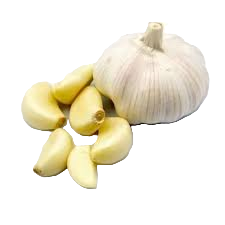
Garlic (Allium sativum) is a bulbous plant closely related to onions, leeks, and shallots. Originally cultivated in Central Asia, garlic has been used for thousands of years for both culinary and medicinal purposes.
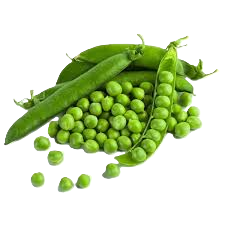
Green peas are small, round legumes that belong to the Fabaceae family. They are typically harvested when they are still immature and tender, making them a popular and nutritious addition to a variety of dishes.
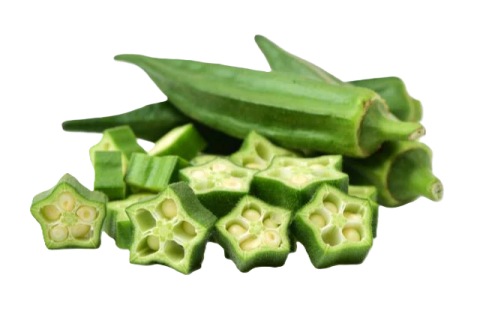
Lady finger, also known as okra or bhindi, is a flowering plant in the mallow family, primarily cultivated for its edible green pods.
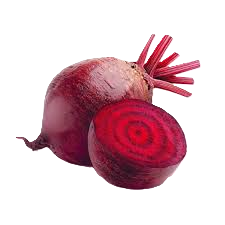
Beetroot, commonly known as beets, is a root vegetable that belongs to the Chenopodiaceae family. Native to the Mediterranean, it has been cultivated for centuries for both its edible root and leafy greens.
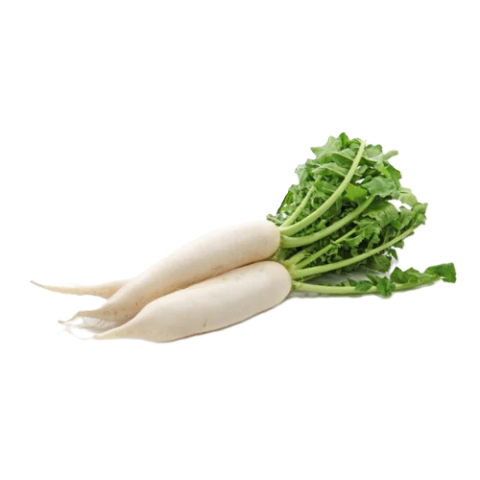
Daikon is a type of winter radish that is commonly used in Asian cuisines. Originating from East Asia, it is characterized by its large, elongated shape and mild, crisp texture.
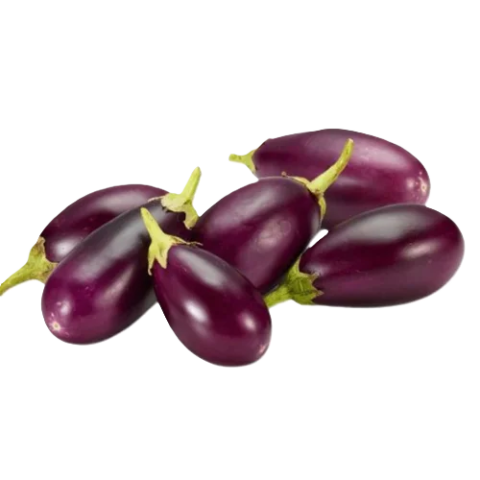
Brinjal, also known as eggplant or aubergine, is a member of the nightshade family (Solanaceae). Native to India and Southeast Asia, this versatile vegetable is prized for its unique flavor and texture.
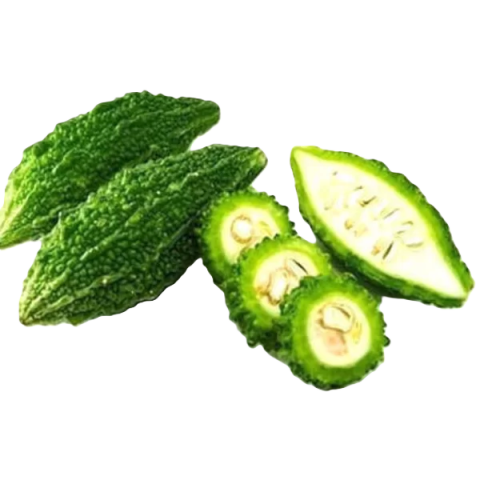
Bitter gourd, also known as bitter melon or Momordica charantia, is a tropical vine that produces a distinctively shaped fruit with a bumpy skin and a strong bitter taste.
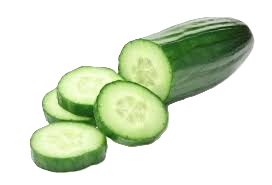
Cucumbers are crisp, refreshing fruits that belong to the gourd family, Cucurbitaceae. They are believed to have originated in South Asia and are now widely cultivated around the world. Known for their high water content—about 95%—cucumbers are a hydrating snack, making them particularly popular in salads, sandwiches, and as a refreshing side dish.
